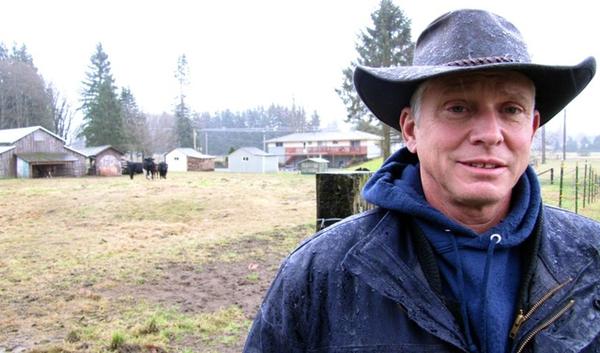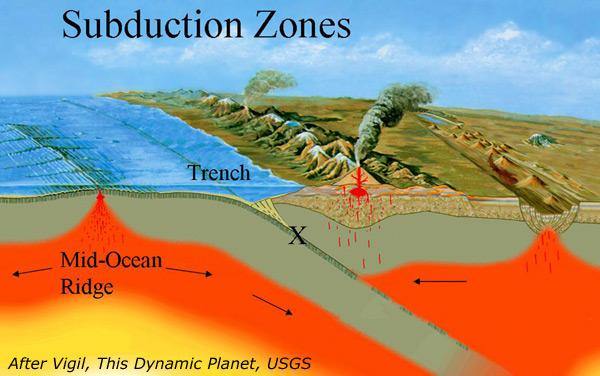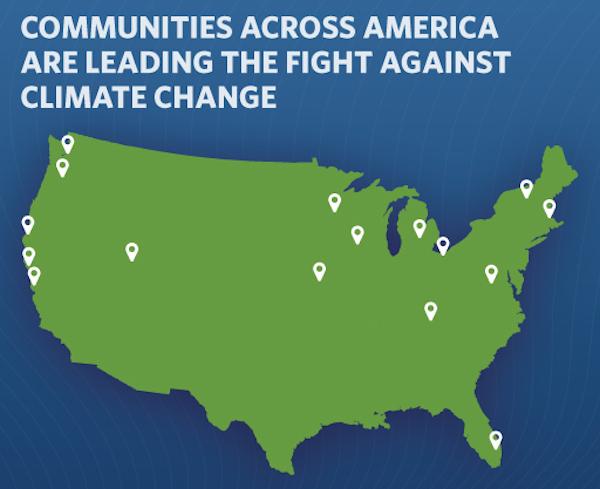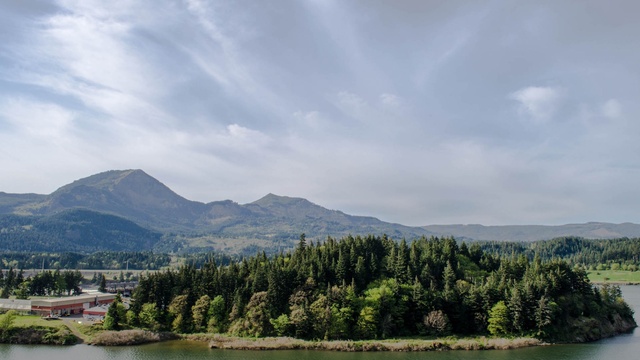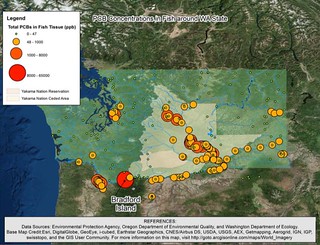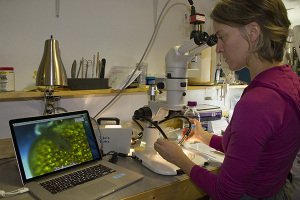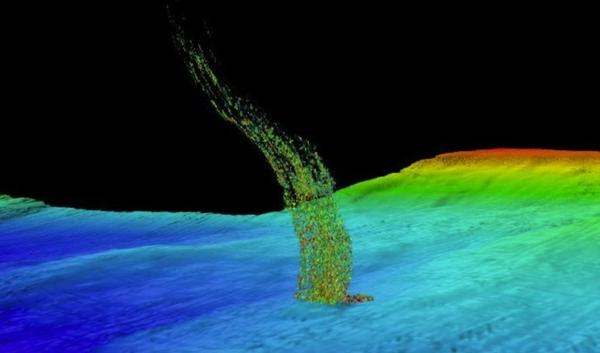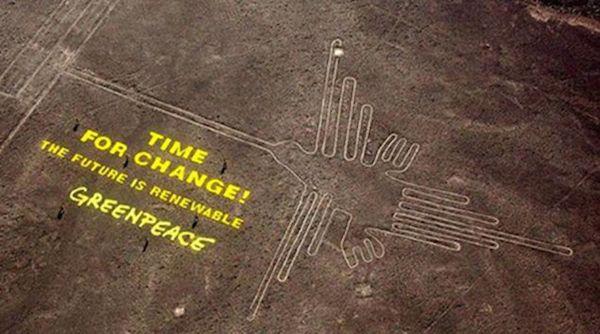
Greenpeace wanted to catch the eyes of those in power with this sign. But it caught attention for the wrong reasons, by damaging one of Peru’s most famous and precious archaeological sites.
The glaring yellow letters, urging respect for the environment, proclaimed, “Time for Change! The Future is Renewable.”
However, the very respect being demanded for the planet was not accorded to the Nazca Lines, an ancient UNESCO Heritage Site in Peru, by Greenpeace workers who tromped all around and upon one of the phantasmagorical figures depicted on the sacred site in order to plant their message.
While the banner did catch eyes, it did not do so for the reasons the environmental activists had hoped. Now the Peruvian government plans to file criminal charges against the environmental group for its irreversible destruction of one section of a national treasure. The delicate drawings, etched into the desert on Peru’s coast between 2,000 and 1,500 years ago, depict phantasmagorical figures such as a spider and a hummingbird—sketches that are now indeed accompanied by footprints and even an imprint of the letter “C” from the word “Greenpeace.”
“It’s a true slap in the face at everything Peruvians consider sacred,” said the country’s deputy culture minister, Luis Jaime Castillo, to the Associated Press. “They are absolutely fragile. They are black rocks on a white background. You walk there and the footprint is going to last hundreds or thousands of years. And the line that they have destroyed is the most visible and most recognized of all.”
The idea, Greenpeace said in an initial apology that expressed sorrow at the Peruvian people’s upset rather than remorse at having damaged the ancient site, was to catch the eye of delegates flying over the area en route to climate talks in Lima. Greenpeace’s volunteers had been “absolutely careful to protect the Nazca Lines,” Greenpeace spokeswoman Tina Loeffelbein told BBC News. But a photo taken by a drone and published in The New York Timesclearly shows footprints and even an imprint of the letter C in the area near the hummingbird.

Castillo told the Timesthat about a dozen activists trudged more than a mile through the desert to the forbidden area to place the letters. Greenpeace’s very attempt to mitigate any damage—by walking single file—may have exacerbated the damage, according to Castillo’s description.
“A bad step, a heavy step, what it does is that it marks the ground forever,” he told The New York Times. “There is no known technique to restore it the way it was.”

Greenpeace has since released a second statement about the debacle.
“The decision to engage in this activity shows a complete disregard for the culture of Peru and the importance of protecting sacred sites everywhere. There is no apology sufficient enough to make up for this serious lack of judgment,” said Greenpeace U.S. Executive Director Annie Leonardon December 12. “I know my international colleagues who engaged in this activity did not do so with malice, but that doesn’t mitigate the result. It is a shame that all of Greenpeace must now bear.”
She acknowledged that the “Nazca Lines situation has undermined the trust of many allies and supporters that we have been working so hard to build” and promised to earn back that trust.
“I know it will take time and substantial effort to rebuild the trust we have lost, and I am committed to doing that,” Leonard said. “I am also committed to ensuring that those responsible are held accountable and that we put safeguards in place to ensure that nothing like this happens ever again.”
“We are not ready to accept apologies from anybody,” Castillo told The New York Times. “Let them apologize after they repair the damage.”
Read more at http://indiancountrytodaymedianetwork.com/2014/12/15/greenpeace-apologizes-wrecking-nazca-lines-peru-prepares-criminal-charges-158298


